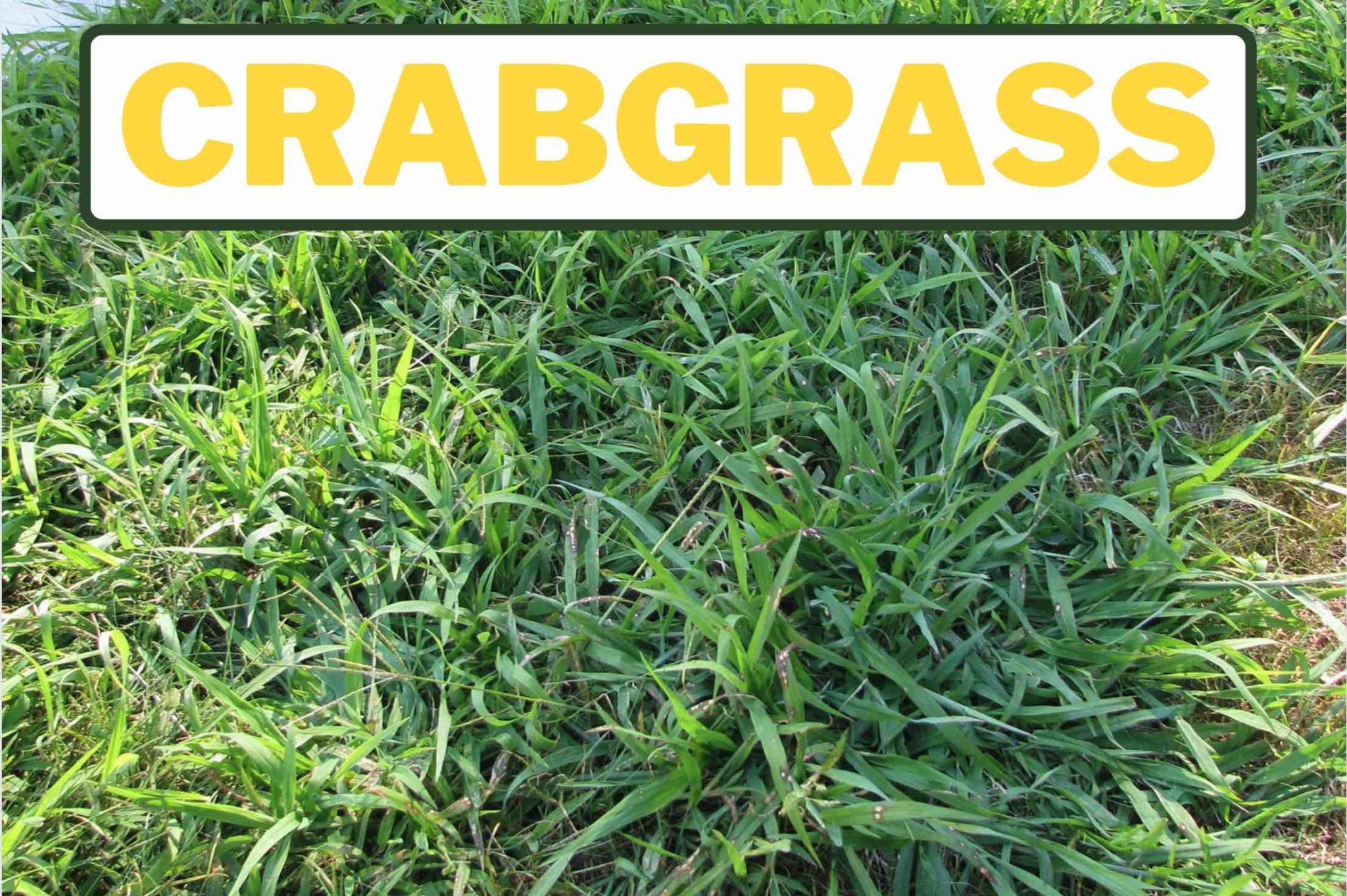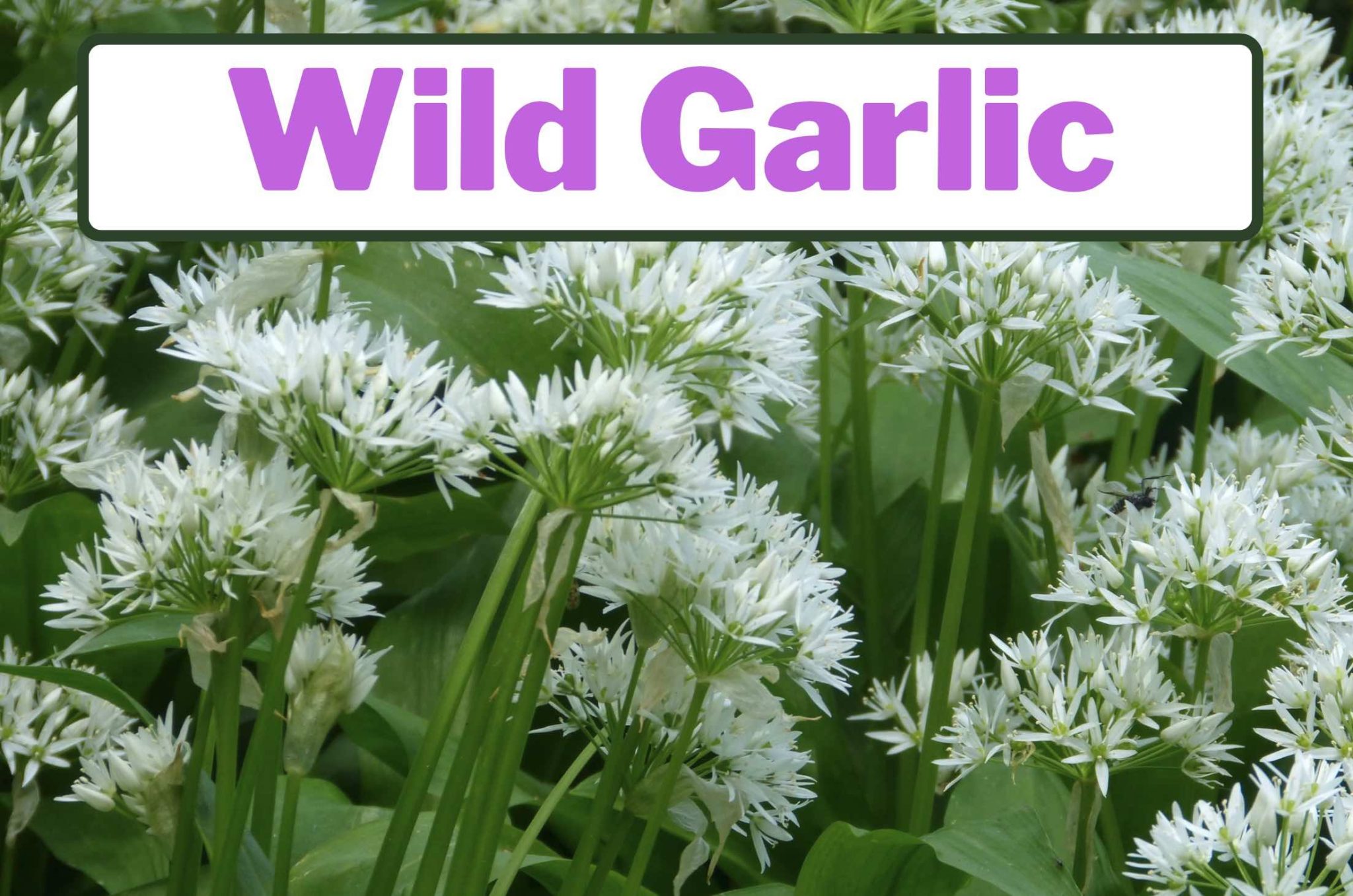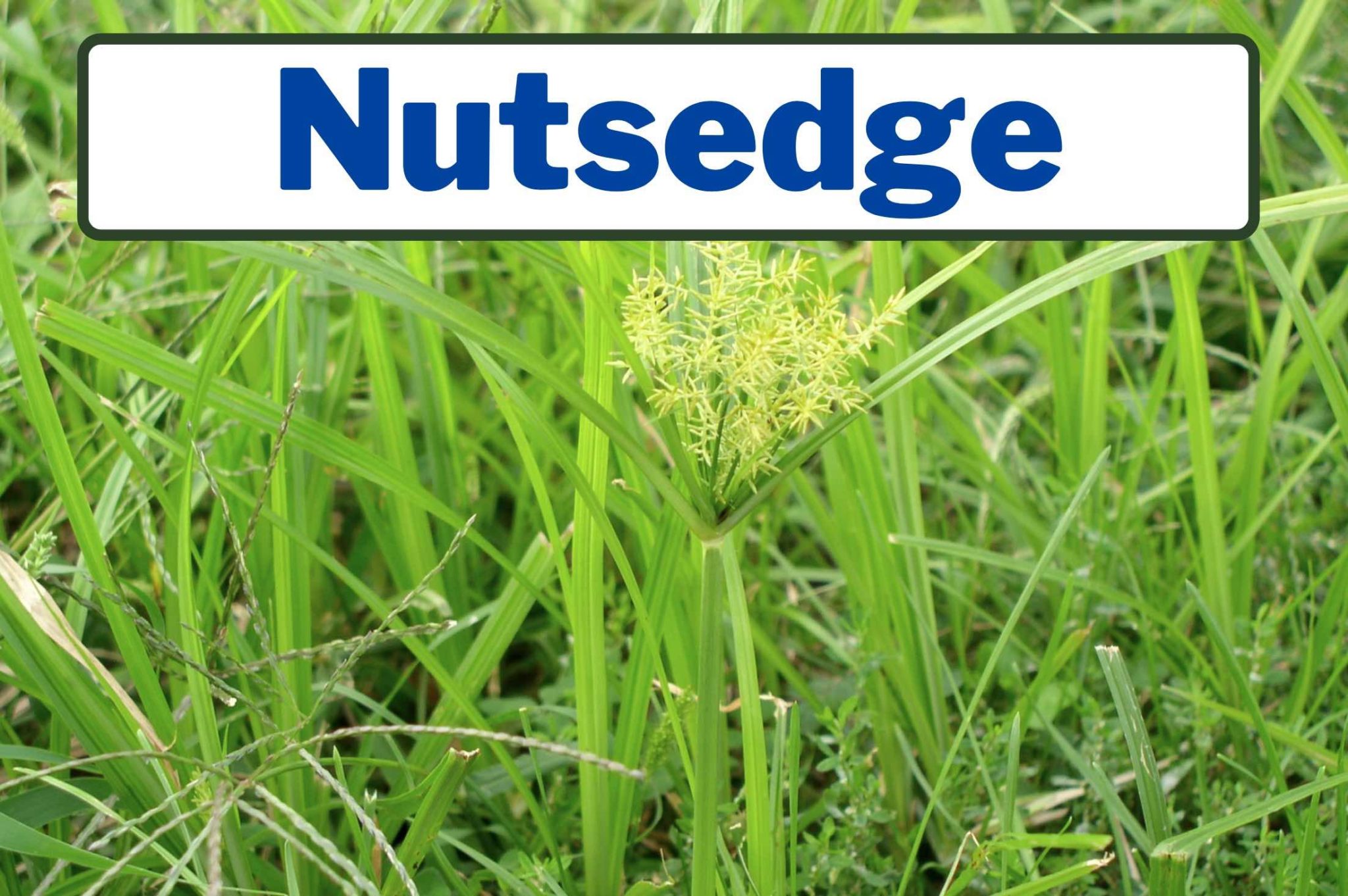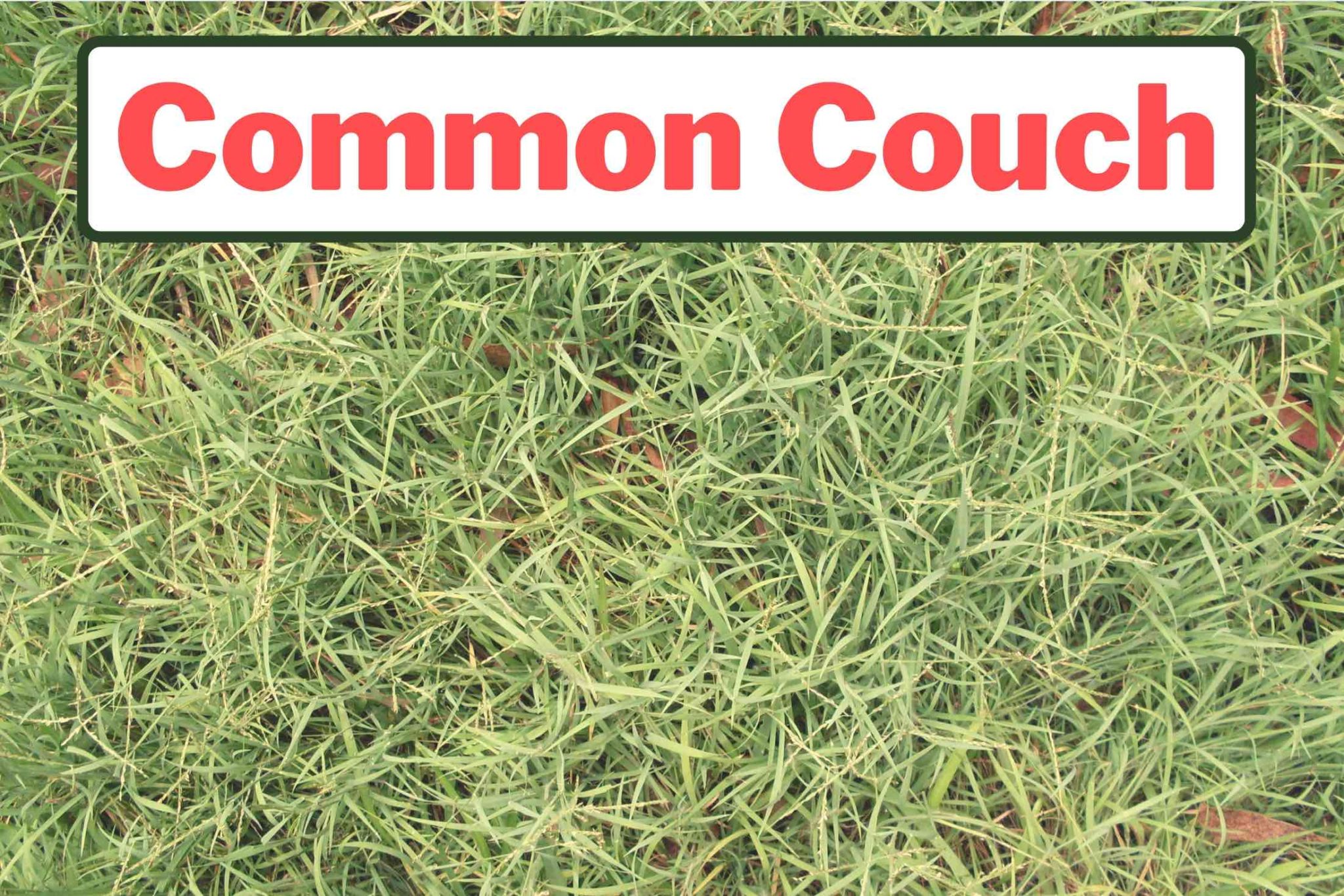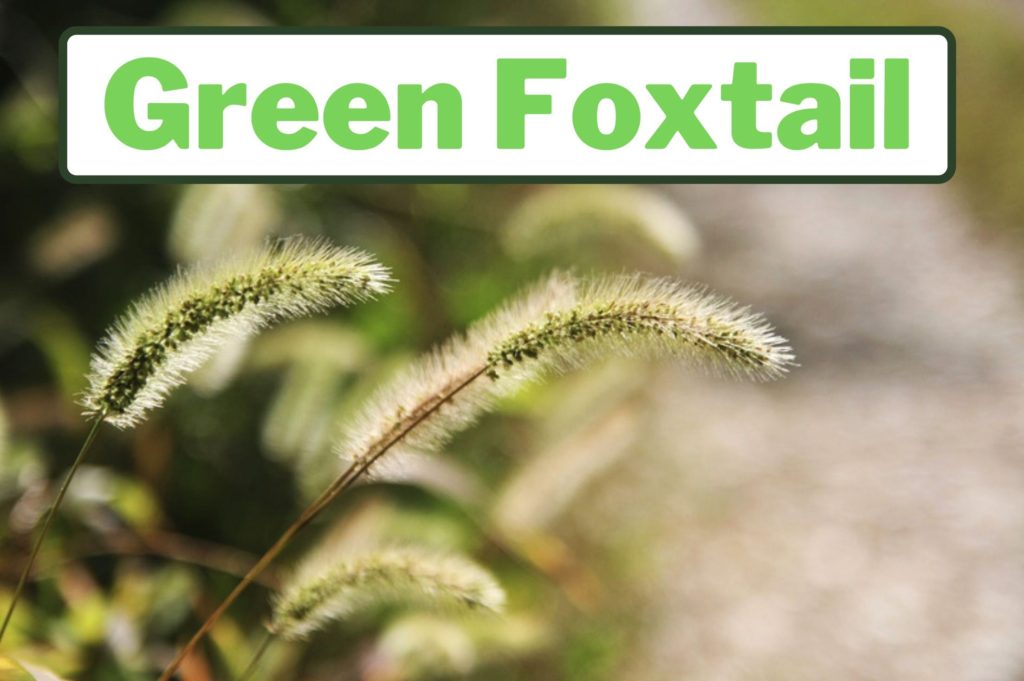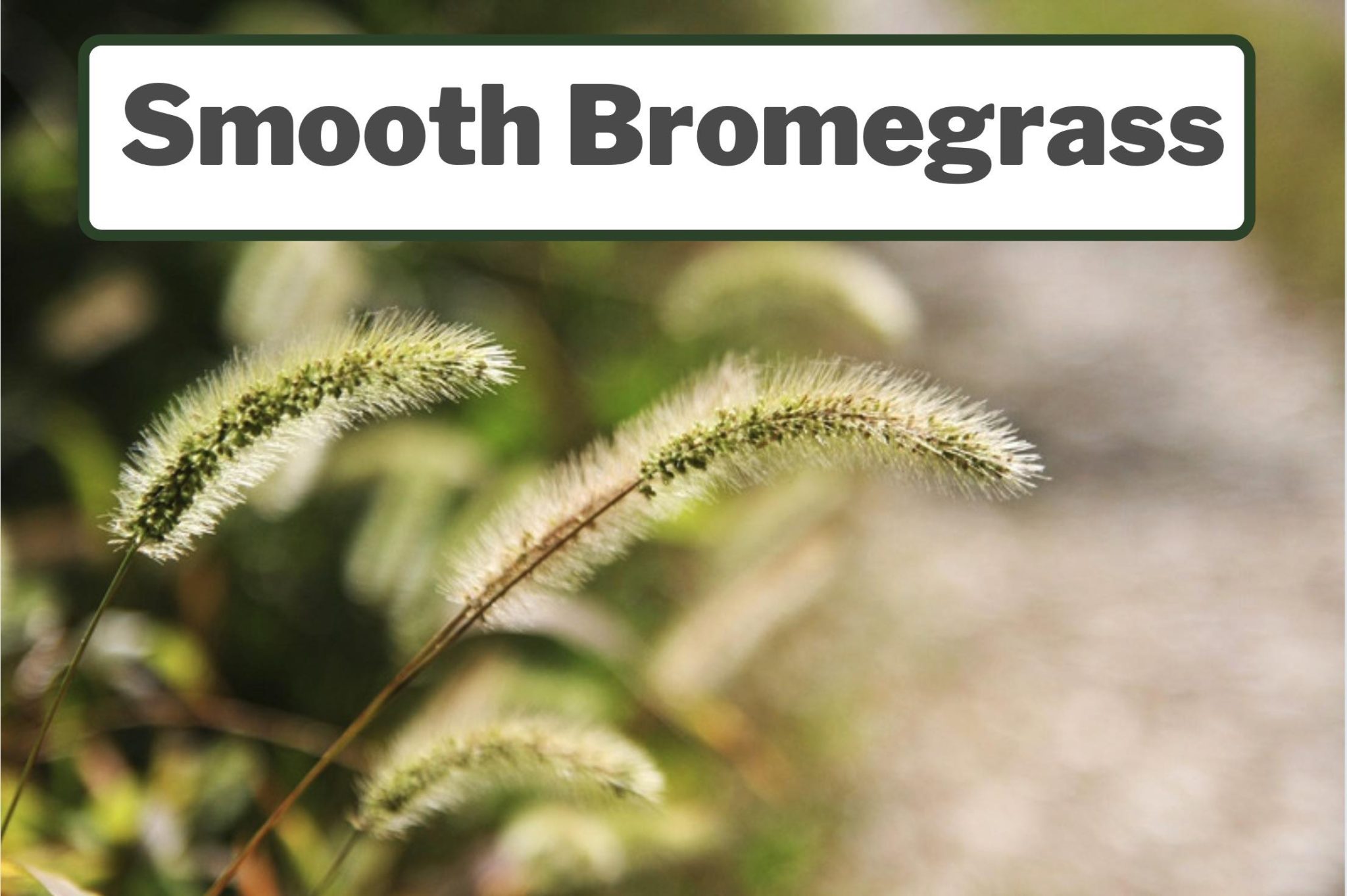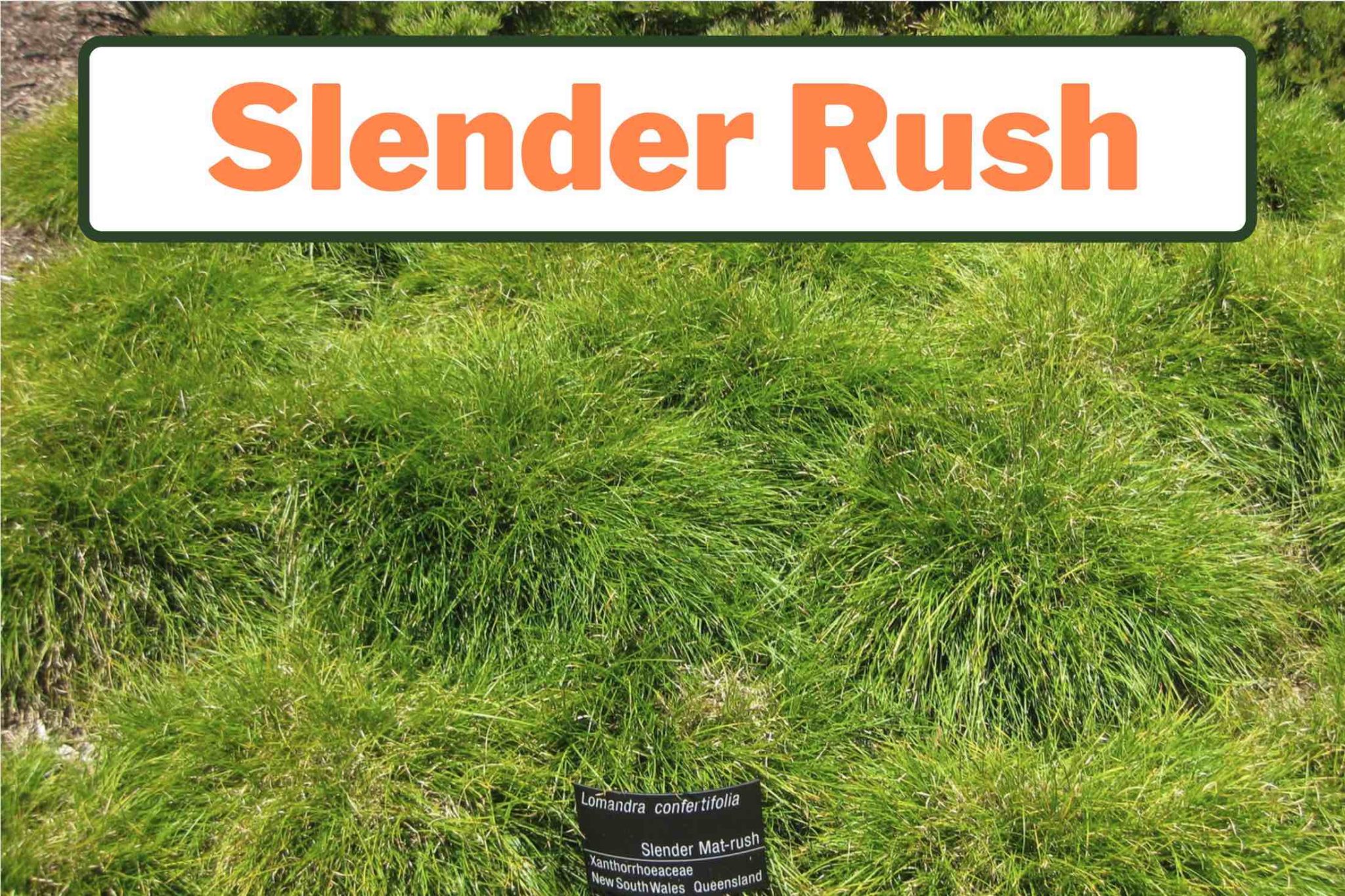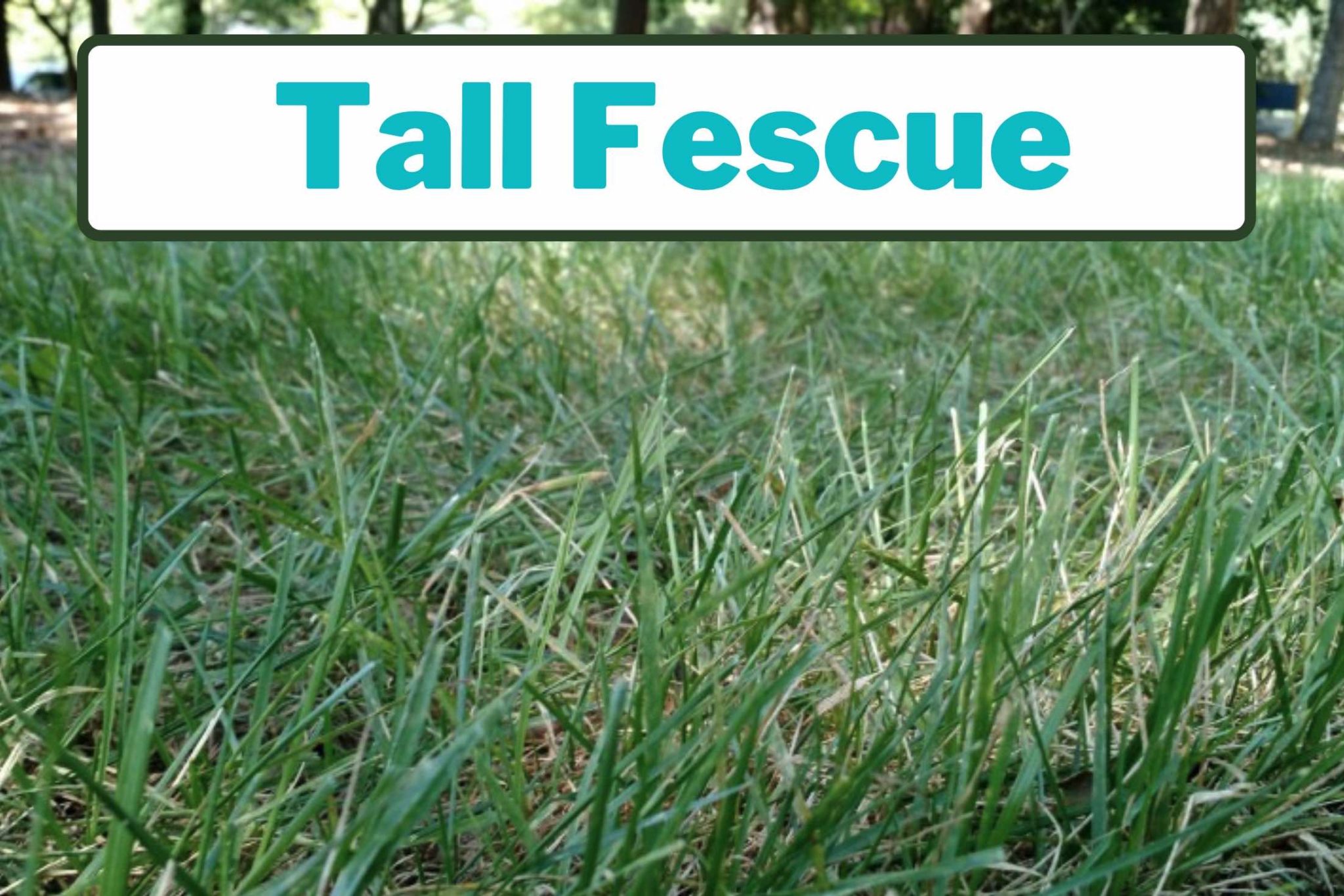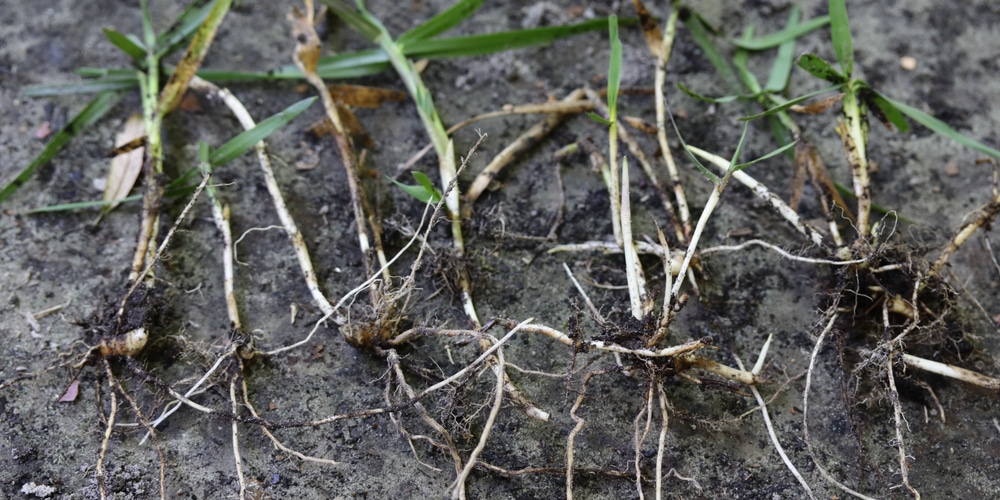If you’ve worked hard to create a beautiful yard with a nice lawn, it can be annoying when weeds start to appear. The seeds from weeds can be blown into your garden or distributed by birds. Some weeds will creep into your garden from your neighbor’s land with tubers or rhizomes. Many weeds look like grass but will stand out against a carefully manicured lawn. Weeds that look like grass can be extra tricky since they can go undetected for longer periods of time.
If you’ve noticed that patches of your lawn don’t seem to match the rest, weeds may have appeared that look remarkably like grass. Unfortunately, many common weeds can blend in with the grass in your yard. These can sometimes be hard to spot. This article will tell you about weeds that look like grass and advise you about getting rid of them.
Weeds That Look Like Grass
Many common weeds look like grass, and these can appear in patches on your lawn. The best way to deal with weeds is to pull them out. Ensure that you get the roots out, rather than just pulling the tops, as this will eliminate the weeds. You may have to dig around large patches of weeds with a small trowel to remove the whole plant. Once done, you can overseed the area.
Many homeowners use herbicides to deal with weeds, but this can be costly and can also damage the environment. Herbicides can be mixed with fertilizer and spread on your lawn annually to stop weeds from germinating and taking root. Here are some common weeds that look like grasses.
1. Crabgrass
Crabgrass is a prevalent weed that grows in small patches. It looks very like grass and can blend in well with your lawn. Crabgrass is also commonly called finger grass and is very invasive. If you have crabgrass in your garden, it’s essential to deal with the problem as soon as possible, as it can spread quickly. This type of grass can crowd your lawn and kill the surrounding grass by smothering it.
Crabgrass is easily recognizable as it has a coarse texture. The good news is that it’s an annual plant, so it will only survive for a season before dying back in the winter.
You’ll need to pull it by hand or use a crabgrass removal tool.
2. Wild Garlic
Wild garlic is a tall, fast-growing grass-like weed that’s fragrant and easy to spot. You’re likely to smell wild garlic before you see them. If you’re mowing your lawn and notice a garlic or onion smell, you’ll likely have wild garlic or wild onion in your yard.
Both wild garlic and wild onion will grow in clumps and will be taller than the rest of your lawn. They grow from a bulb and can be dug up and transplanted into a pot to cook.
These weeds put on more growth in the spring and fall (If you are looking to do it on purpose, here’s when to plant garlic). They are dormant during the summer months. When digging up wild garlic or wild onion, ensure that you’ve removed all the bulbs; otherwise, the plant will regrow. Some homeowners use herbicides to kill wild garlic. You’ll need to find a product that’s suitable for treating wild garlic and wild onions.
3. Nutsedge
Nutsedge is likely to stand out against your lawn as it’s light-colored and fast-growing. It looks like tall grass and is a perennial weed, which, like crabgrass, is very invasive and can be a challenge to control.
Nutsedge has a hardy root system and can spread quickly across your lawn. It will continue to grow every year, so you’ll need to take steps to get this weed under control.
Don’t try to pull Nutsedge out as you will leave tubers or rhizomes behind, which will regrow. If you’ve found Nutsedge in your yard, you can buy a herbicide that’s been specifically designed to treat nutsedge. Apply the herbicide around the base of the plant to kill the entire nutsedge.
After you’ve removed the nutsedge, aim to grow thick and hardy grass on your lawn, as this will help prevent nutsedge from taking hold. A healthy, dense lawn will help stop nutsedge and other weeds from being able to take root.
4. Common Couch
Couch grass is also known as quack grass and is a hardy, invasive weed that’s hard to identify as it can look very like the rest of your lawn. It can propagate quickly via rhizomes and is hard to get rid of.
This type of weed is spread by rhizomes or through airborne seeds, which can travel long distances. The best way to protect your lawn against common couch is by crowding out the seeds. Make sure that you maintain and fertilize your lawn regularly so that common couch can’t take hold. Here’s how to identify quackgrass.
5. Green Foxtail
Green Foxtail is a tall grass-like weed which has heads that resemble small fuzzy foxtails. They are fast-growing and can reach a height of up to 100cm tall if left to mature. Green foxtail is common in prairies and meadows and commonly spreads to people’s yards. The weed is very invasive and can be problematic as it’s hard to get rid of.
Green foxtail is an annual plant that produces hundreds, if not thousands of seeds on each plant. The seed can quickly spread and can travel long distances on the wind.
Although green foxtail can spread far and wide, they cannot germinate unless the conditions are right. The plant requires moist, warm soil and can be quickly crowded out by thick grass. If you have green foxtail in your yard, you can kill it using an herbicidal solution.
6. Smooth Bromegrass
Smooth Bromegrass is a hardy perennial which is very adaptable and can survive in a variety of climates. Once established, smooth bromegrass can survive for a long time and be difficult to remove as it grows and spreads through a network of underground rhizomes.
Smooth bromegrass is likely to take over if your lawn is thin, so it’s essential to overseed and maintain your yard so that this weed won’t get out of control.
Some people, particularly farmers and environmentalists, like smooth bromegrass. It makes nutritional hay, which can be fed to livestock. Smooth bromegrass also prevents soil erosion as it has a dense, hardy root system.
Most homeowners wish to remove smooth bromegrass from their lawn and can do so using herbicide. You can also control smooth bromegrass by continually mowing it as low as possible. Aim to crowd it out by creating a dense lawn canopy.
7. Slender Rush
Slender Rush is also called poverty rush or path rush and is a perennial which grows in clumps. It’s spread vis seeds as well as tubers and is very invasive. The best way to eliminate slender rush is to pull it up and dig out the root, as herbicides don’t usually work with this weed. You can also regularly mow down slender rush to stop the plant from reaching maturity and reduce spreading.
8. Tall Fescue
Tall fescue is an invasive perennial which can propagate via rhizomes and is fast spreading. It’s a drought-resistant plant and can quickly take over your lawn.
To get rid of tall fescue, it’s best to use a process known as solarizing. This is where you cover a plant in soil to deprive it of the sunlight it needs to grow. You can cut the plant back, cover it with soil, and then put a tarp over the top. This will kill everything that’s underneath.
9. Torpedo Grass
Torpedo grass is a tough weed that resembles grass. But, it is bristly and gets its name because it can stab even the most calloused of feet. It’s so terrible that we wrote up a whole guide on how to get rid of torpedo grass in your lawn.
Conclusion
As you can see, many species of weeds look very much like grass, which can invade your lawn. Many weeds can be crowded out by keeping your lawn in good condition and ensuring that it’s healthy and dense. Do this by overseeding any thin areas and regularly fertilizing your lawn.
If you’ve already got an invasive grass species, you should remove it by digging up the roots or using spot herbicide treatments.
Further Reading: Why is my grass yellow?
